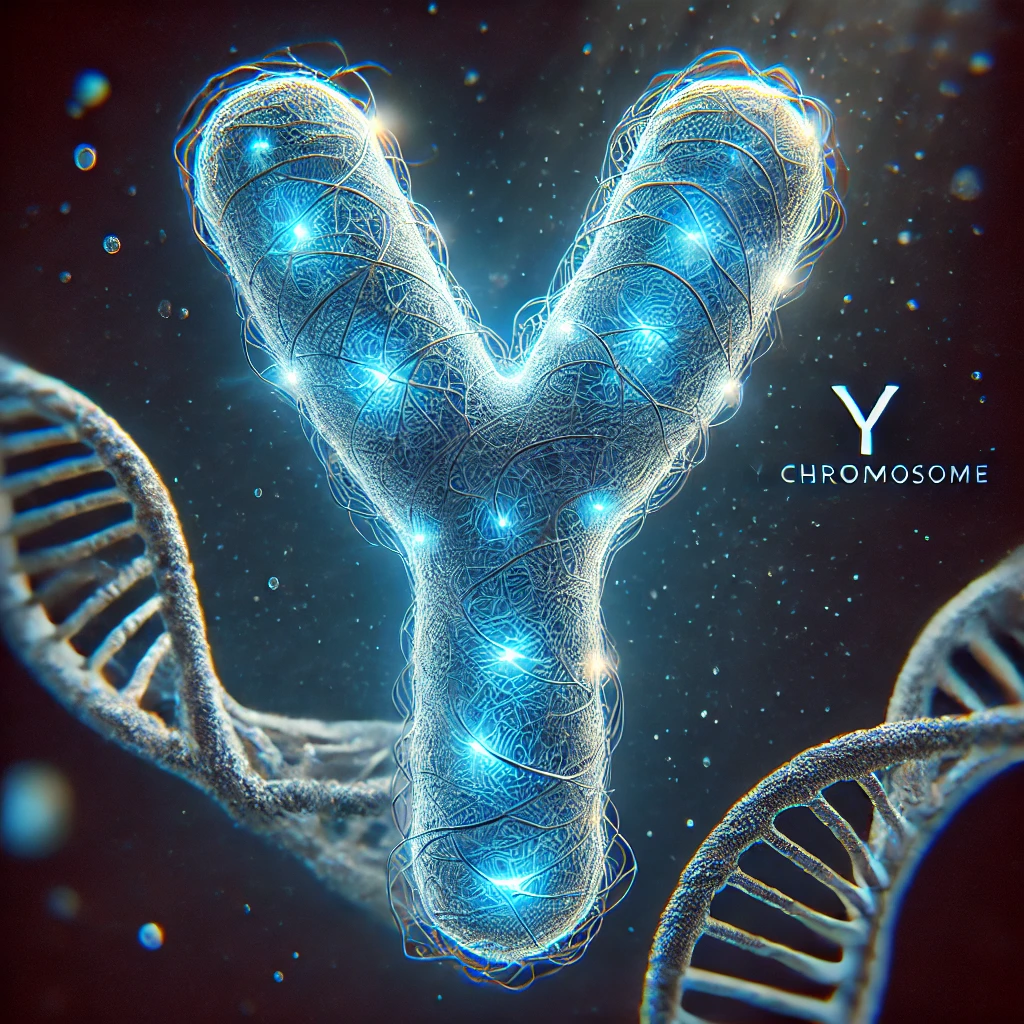The Y Chromosome is Disappearing: What Happens to Men?
The Y chromosome, responsible for determining male sex in humans, is gradually diminishing. This has led scientists to speculate about the future of the male species, with some suggesting the potential extinction of humans unless a new sex-determining gene evolves (Graves, 2024).
However, studies on certain rodent species offer a glimmer of hope.
Some rodents, like mole voles in Eastern Europe and spiny rats in Japan, have already lost their Y chromosomes entirely but continue to reproduce. Notably, researchers have identified a new sex-determining gene in spiny rats located near SOX9 on chromosome 3, which seems to have taken over the role of the SRY gene, typically responsible for initiating male development in human embryos (Graves, 2024).
This finding suggests that humans might also be able to evolve a new sex-determining gene. However, this evolutionary process could lead to the emergence of new human species due to reproductive isolation if different sex-determining systems evolve in separate populations (Graves, 2024).
The human Y chromosome has been shedding genes over millions of years. Initially, it had over 900 genes, but now it retains only 55 active genes.
If this trend persists, the remaining genes could disappear in approximately 11 million years (Graves, 2024).
While the future of human sex determination remains uncertain, the resilience of certain rodent species in the face of Y chromosome loss provides a compelling argument for human adaptability.
Source: Graves, J. A. (2024, August 23). The Y chromosome is slowly vanishing. A new sex gene may be the future of men.
The Conversation. (Source) https://theconversation.com/sex-genes-the-y-chromosome-and-the-future-of-men-32893
